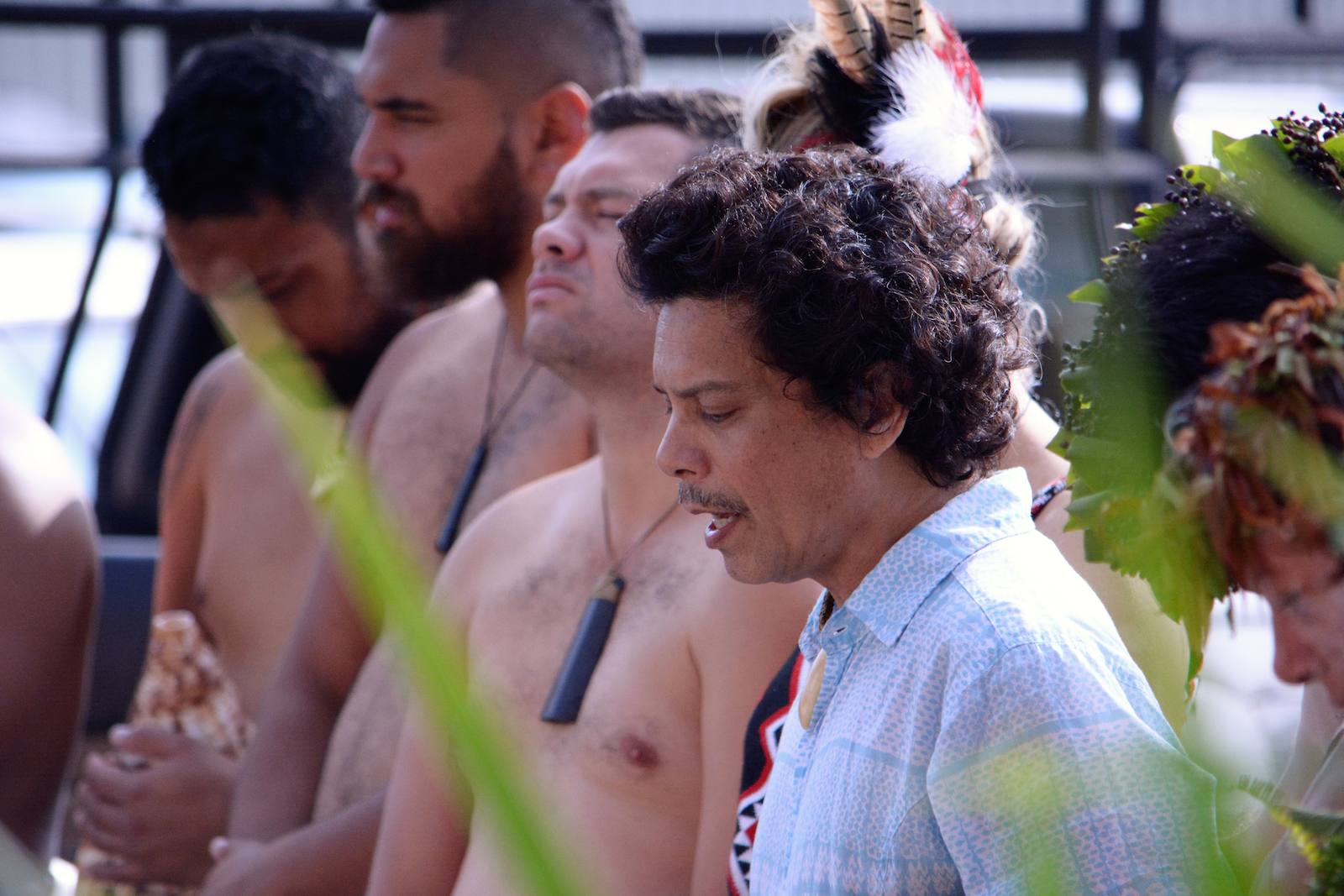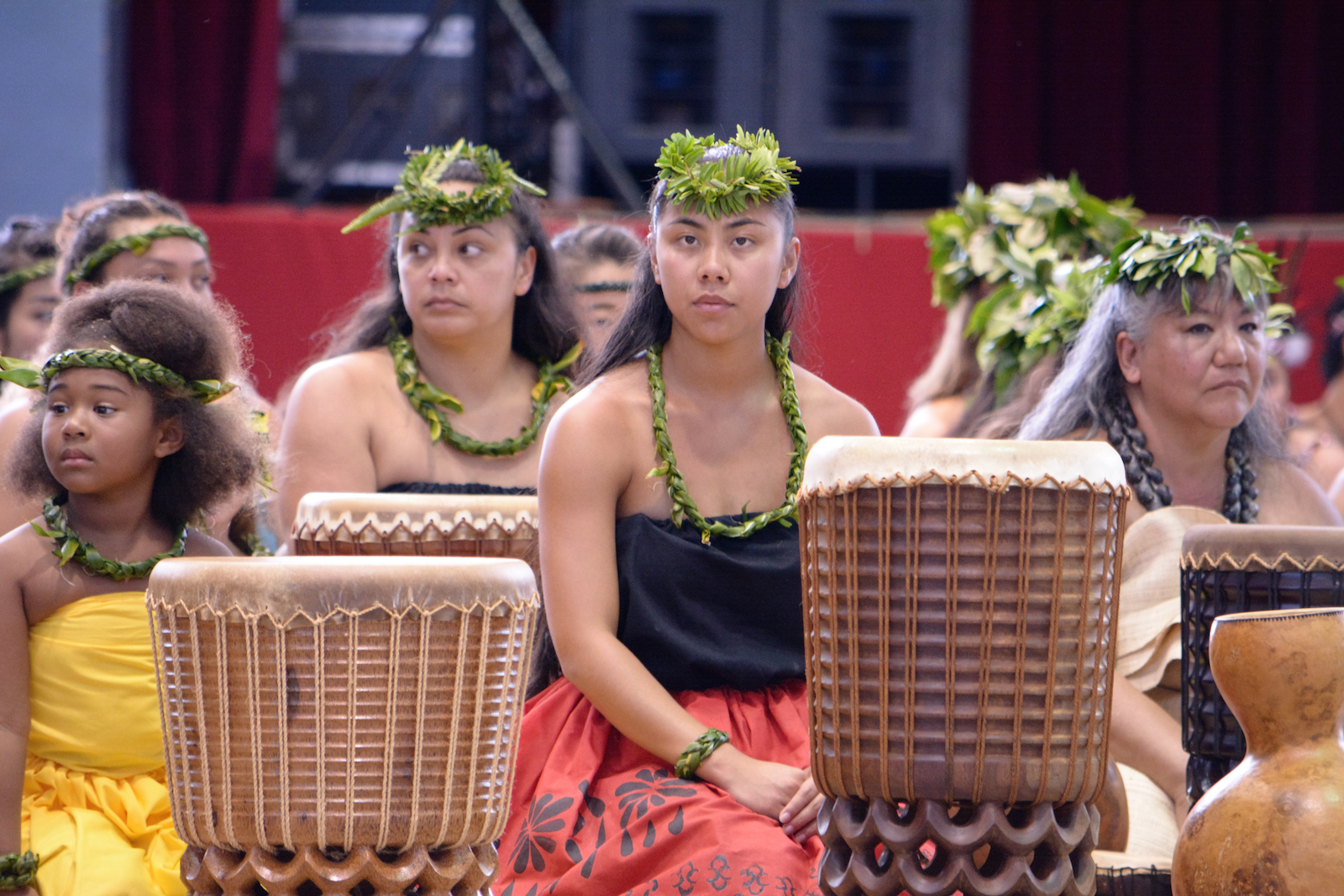Title III began in the 1960s, when discussion of equal educational opportunity for Limited English Proficient (LEP) students was first made public. Legislation arising from this Civil Rights Movement era argued that in order to create equal educational opportunity, students should be treated differently based on their individual needs; this includes school districts taking affirmative action to ensure that the native language of minority students did not inhibit their participation in the educational system, and that failure to provide adequate resources to overcome language differences was considered a denial of equal education.
Today, the University of Hawaiʻi system specifically uses Title III Part A and F funding for Alaska Native and Native Hawaiian-Serving Institutions. This program helps eligible institutions of higher education increase their self-sufficiency and expand their capacity to serve low-income students by providing funds to improve and strengthen the academic quality, institutional management, and fiscal stability of eligible institutions.
Examples of authorized activities include: Purchase, rental, or lease of scientific or laboratory equipment for educational purposes, including instructional and research purposes;Renovation and improvement in classroom, library, laboratory, and other instructional facilities; Support of faculty exchanges, faculty development, and faculty fellowships to assist in attaining advanced degrees in the field of instruction of the faculty; Curriculum development and academic instruction; Purchase of library books, periodicals, and other educational materials; Funds and administrative management, and acquisition of equipment for use in strengthening funds management; Joint use of facilities, such as laboratories and libraries; and Education or counseling services designed to improve the financial literacy and economic literacy of students or the students’ families.
Title III Programs
UH programs and projects supported by Title III funding.
Title III Key Contacts
Faculty and staff involved in Title III programs.
Title III Resources
A review of literature related to post-secondary success among Native Hawaiian and other indigenous learners.




